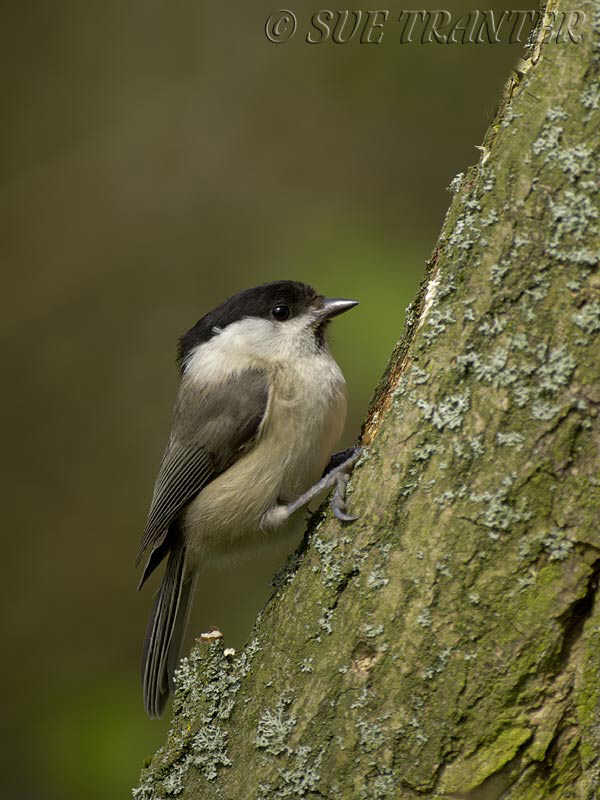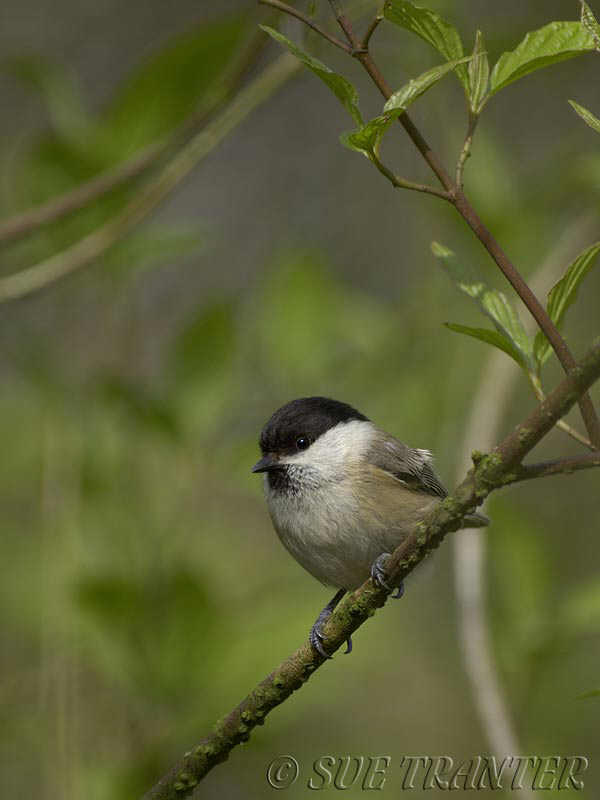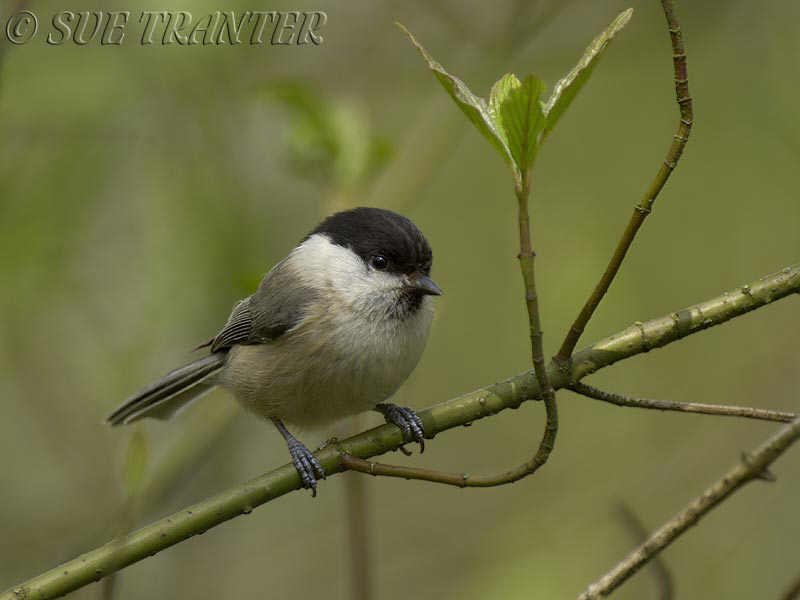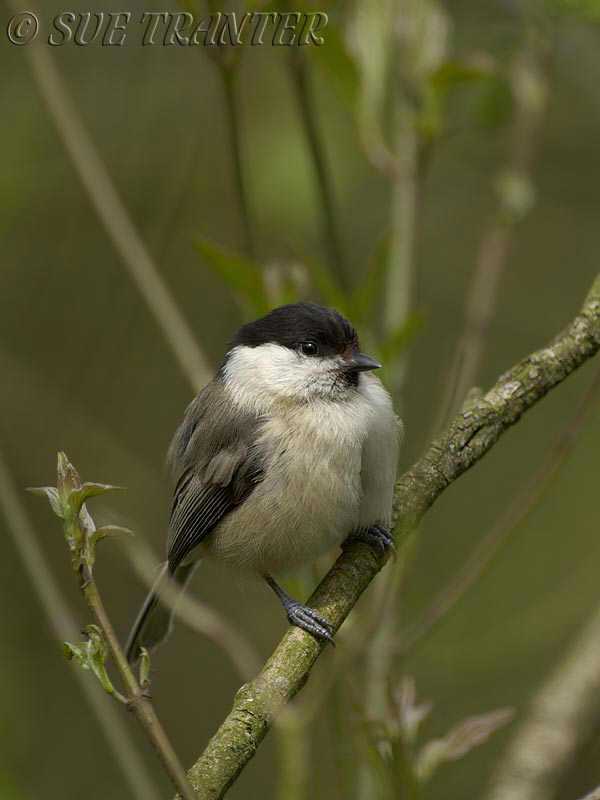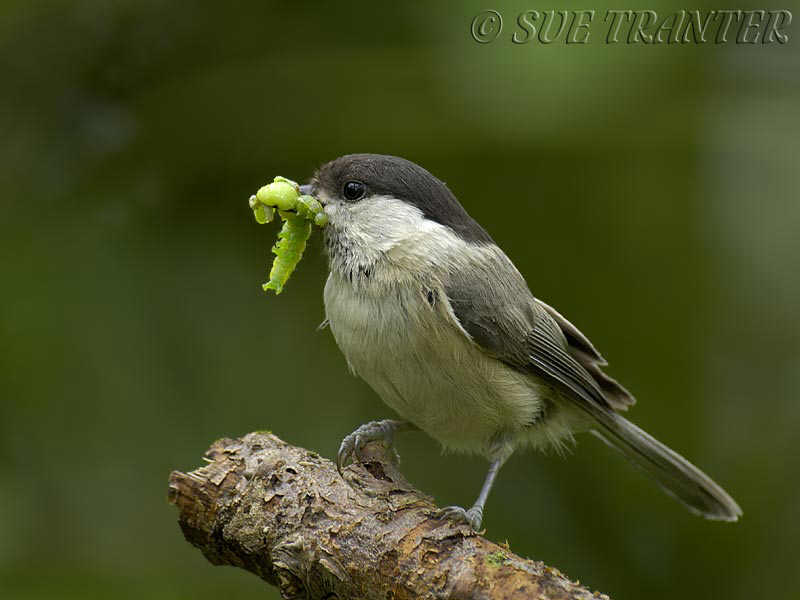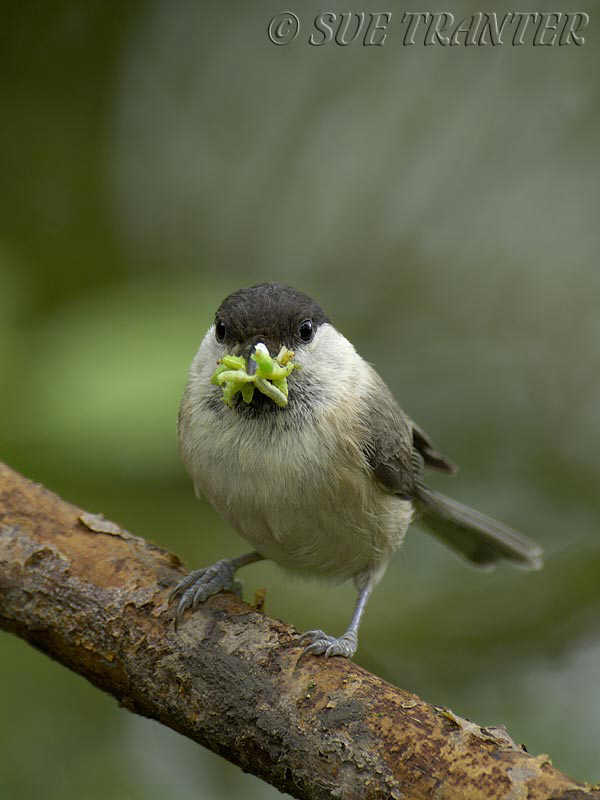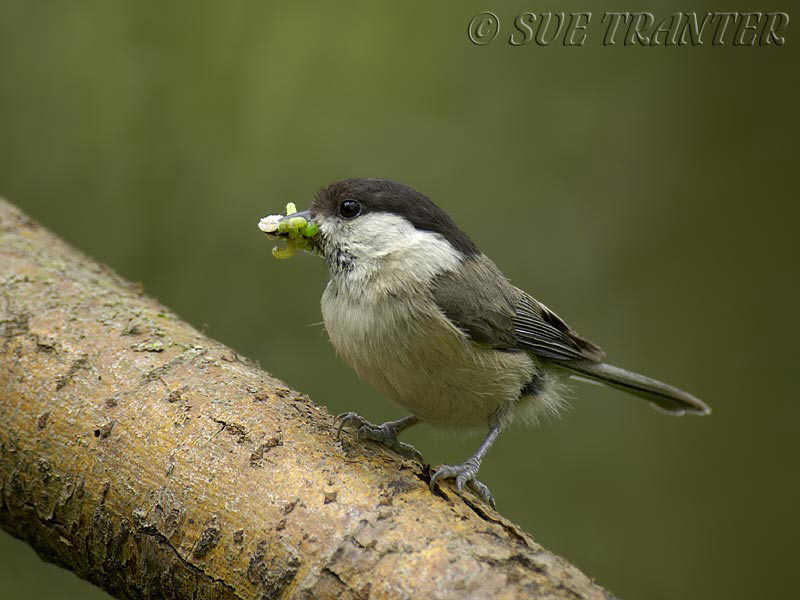Back To 
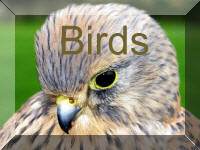
What Does The Willow Tit Look Like ?
Easily confused with the Marsh Tit , the Willow has a large head and is somewhere between blue and great tits in size, noblue. yellow, green It has a large sooty map black cap extending to the rear of the neck and a small untidy black bib. It is mid-brown above, with whiter cheeks and pale buff-grey underparts. Its wings show a pale panel not seen inthe marsh tits. Population declines make it a Red List species.
How Big Is It ?
Aprox,11.5 cm, weighing 11 g
Where does it live?
Breeding
They like damp stands of trees close to rivers, streams and gravel pits,
preferring willows, birch and alder, as well as conifers. Prefer undergrowth
in clearings within old broadleaved woodland, and are found in tall, ancient,
hedgerows, and even dry, scrubby bushes on chalk hills. well away from
any water.
Wintering
Similar to breeding habitats. They will visit garden bird tables in winter,
but less so than other tits.
When does it Breed ?
April to June , 7- 9 eggs, Incubation 13 - 14 days , young fledge at 17 to 19 days, Nests in holes , which it often makes itself
Where to see it
Mainly found in England and Wales, with some in S Scotland. Whilst the preferred habitat is willow thickets in damp places, such as the edge of lowland peat bogs, marshes, and around gravel pits it is nit necessarily the exclusive one
What is its Diet ?
Insects, seeds and berries
What does it sound like?
A harsh 'tchay' and also 'si-si-tchaa-tchaa-tchaa
Similar Birds
Marsh Tit
Comments
Seen in this country Jan to Dec The Willow Tit is a Red List species owing to a sdecline in the breeding population. Two postulates may expalin this
Changes in woodland managemen land usage and ;
possibly less management of broadleaved trees increases the density of
the canopy and reduces the shrub layer beneath on which many woodland species
depend.
Competition from other Tits taking the nesting holes that the willow Tit
has excavated
